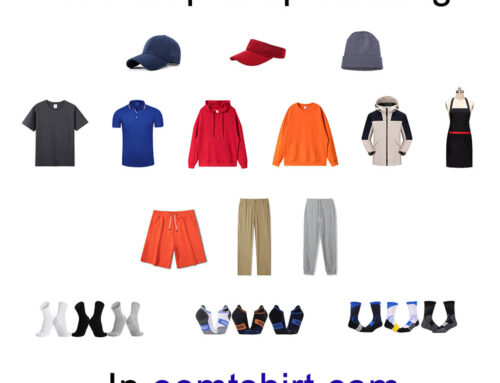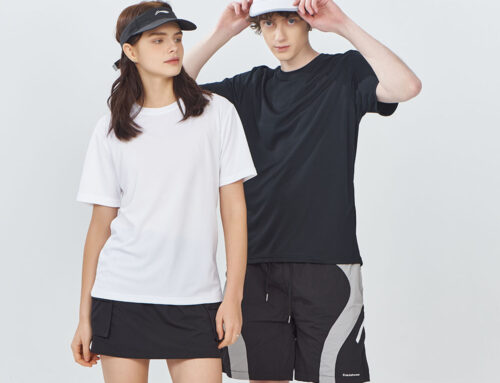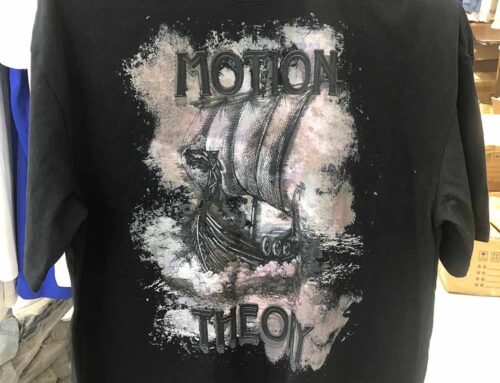A Comparative Analysis of Chinese Clothing Suppliers and Their Global Counterparts
**Navigating the Global Garment Market: A Comparative Analysis of Chinese Clothing Suppliers and Their Global Counterparts**
A Comparative Analysis of Chinese Clothing Suppliers. The global garment industry is a vast and intricate network, with clothing suppliers scattered across the globe. Among the key players in this industry, Chinese clothing suppliers stand out due to their scale, efficiency, and diverse offerings. However, when comparing them to clothing suppliers from other countries, distinct differences emerge. Encompassing factors such as production capabilities, quality standards, cultural influences, and the evolving dynamics of the fashion market. In this article, we will delve into the nuanced contrasts between Chinese clothing suppliers and their counterparts from various countries.

**1. **Scale and Manufacturing Prowess:**
One of the defining characteristics of Chinese clothing suppliers is the sheer scale of their operations. China has long been hailed as the world’s manufacturing hub, and this is particularly evident in the garment sector. The country’s extensive infrastructure, skilled workforce, and efficient supply chains enable Chinese suppliers to produce garments in large quantities, meeting the demands of both domestic and international markets. In contrast, clothing suppliers from smaller countries may not possess the same level of manufacturing prowess. Resulting in more limited production capacities.
**2. **Cost Competitiveness:**
Chinese clothing suppliers have traditionally been associated with cost competitiveness. The ability to produce garments at a lower cost per unit has made China an attractive sourcing destination for many global brands and retailers. However, as wages and production costs in China have been gradually increasing. Some suppliers from other countries, particularly in Southeast Asia and South Asia, have become more competitive in terms of pricing. Factors such as labor costs, raw material prices. And currency exchange rates play a crucial role in determining the overall cost-effectiveness of clothing suppliers from different regions.
**3. **Quality Standards and Perceptions:**
While Chinese clothing suppliers have excelled in mass production, there have been perceptions regarding the quality of their products. In the past, some critics raised concerns about inconsistent quality, leading to a stereotype of “Made in China” being associated with lower quality. However, this narrative is changing as many Chinese manufacturers have invested in improving quality control measures. Implementing rigorous testing standards, and adopting advanced technologies. Meanwhile, clothing suppliers from countries like Italy and Japan have long been celebrated for their emphasis on craftsmanship and high-quality materials. The choice between Chinese suppliers and suppliers from other countries often hinges on the desired balance between cost and quality.
**4. **Lead Times and Production Speed:**
Chinese clothing suppliers are known for their efficiency in terms of lead times and production speed. The proximity of suppliers, along with well-established logistics networks, allows for quicker turnaround times. This is a crucial factor for fashion brands that need to respond rapidly to changing trends and consumer demands. On the other hand, suppliers from countries with smaller-scale operations may face challenges in meeting tight deadlines due to longer shipping distances and potentially less streamlined logistics infrastructure.
**5. **Cultural Influence on Design:**
Cultural nuances play a significant role in shaping design aesthetics, and this is reflected in the offerings of clothing suppliers from different regions. Chinese clothing suppliers often blend traditional elements with contemporary styles, creating garments that appeal to both domestic and international markets. Similarly, suppliers from countries with rich cultural heritages, such as India and Mexico, infuse their designs with unique and culturally resonant motifs. The cultural influence on design is a key factor that distinguishes clothing from various sources and contributes to the rich tapestry of global fashion.
**6. **Sustainability Practices:**
As sustainability becomes a central concern in the fashion industry, the practices of clothing suppliers are scrutinized. Chinese manufacturers have been making strides in adopting more sustainable and environmentally friendly processes, driven by both domestic regulations and international demand. However, some clothing suppliers from Western countries, particularly those in Europe, have been at the forefront of sustainable practices for longer periods. This has led to a growing awareness among consumers and brands about the importance of sourcing from suppliers with eco-friendly initiatives, influencing decisions about supplier selection.
**7. **Communication and Business Practices:**
Effective communication is paramount in the garment industry, especially when dealing with international suppliers. Chinese clothing suppliers, accustomed to dealing with a global clientele, often have proficient English-speaking teams and streamlined communication processes. In contrast, suppliers from smaller countries may face language barriers. And may not be as adept at navigating international business practices. This aspect can impact the ease of collaboration and the overall efficiency of the supply chain.
**8. **Trends in Fashion and Innovation:**
The world of fashion is dynamic, with trends evolving rapidly. Chinese clothing suppliers, with their adaptability and responsiveness, are well-positioned to quickly embrace and produce garments aligned with the latest trends. However, suppliers from other countries, particularly those with a focus on artisanal craftsmanship and unique design philosophies, contribute to the diversity of fashion trends. The choice between Chinese suppliers and suppliers from other countries often depends on a brand’s aesthetic preferences and its target market.
Conclusion-A Comparative Analysis of Chinese Clothing Suppliers
In conclusion, the differences between Chinese clothing suppliers and suppliers from other countries are multifaceted. Encompassing scale, cost competitiveness, quality standards, lead times, cultural influences, sustainability practices, communication, and innovation. As the global garment industry continues to evolve, brands and retailers must carefully consider these factors when selecting suppliers to ensure that their sourcing decisions align with their business objectives and values. Each supplier brings its unique strengths to the table, contributing to the vibrant and interconnected landscape of global fashion.










Leave A Comment